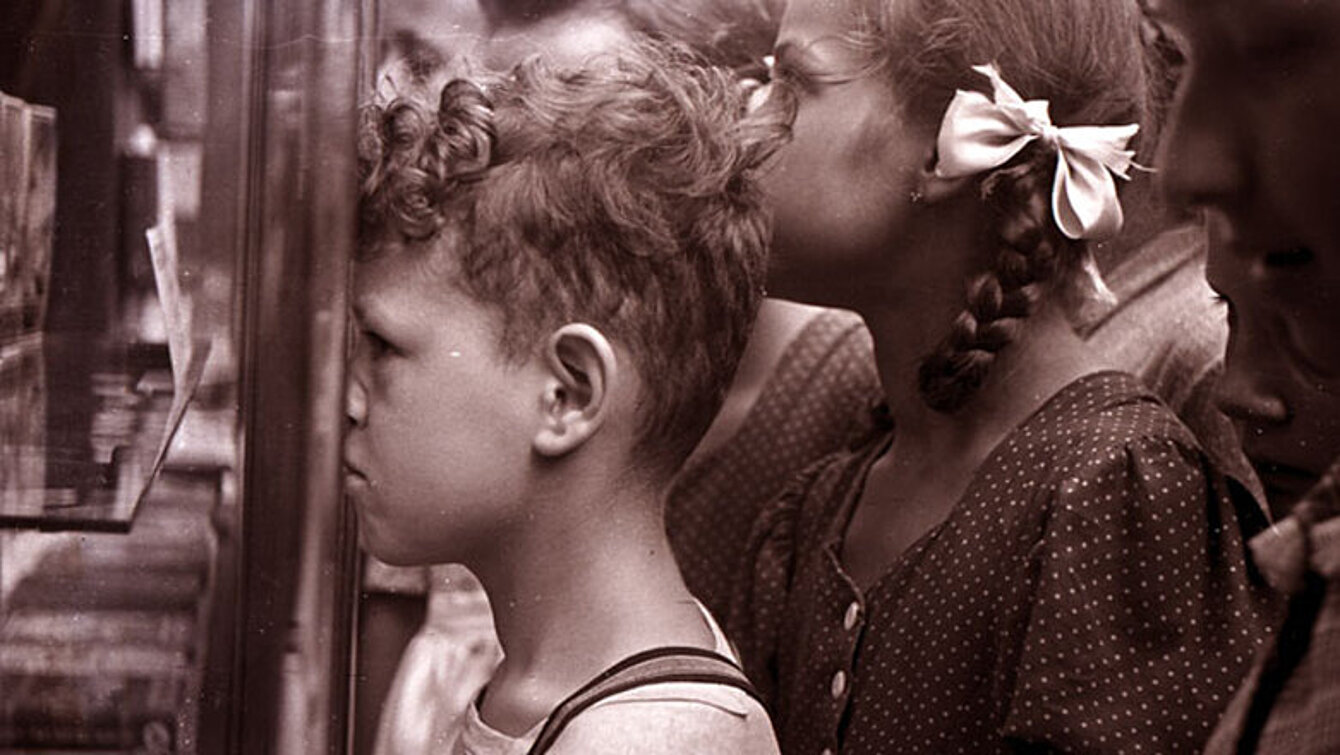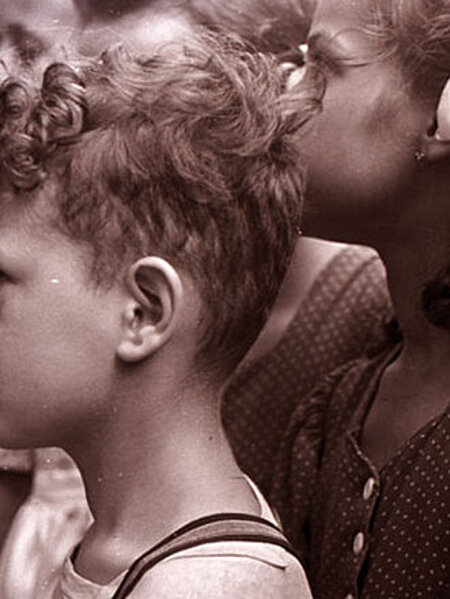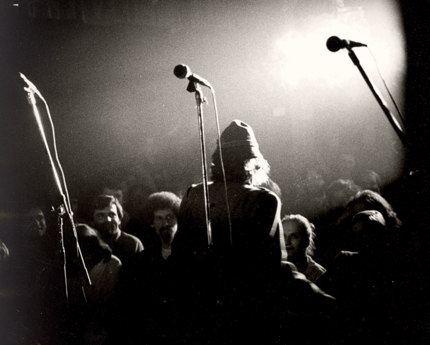With over 2.5 million items in the inventory, the Multimedia Collections are among the most important audiovisual collections in Austria. Their photographic, audio and film documents are of historical, cultural, regional and technological relevance, and document Styria and its populace in transition to the digital age.
Discover the
Universalmuseum Joanneum
Graz
Styria
Closed

More than 85 animal species from all continents live in the Herberstein Animal World.
Universalmuseum
Joanneum
Back to Universalmuseum Joanneum
History Museum > Discover > Multimedia Collections
Multimedia Collections


Image Credits
The history of the Multimedia Collections
The history of the Multimedia Collections began in 1958, when the Government of Styria commissioned the preparatory work for the establishment of “Central Archives for Image and Sound Recordings”. The stated intention was for the facility to be “pitched at the level of the educated layman [and] accessible to the general public”. Moreover, it was to include “all documents in the fields of photography, film and sound reproduction which capture the Province of Styria in regard to its nature, culture, economy and science.”
To this end, the existing image archives of the Joanneum were systematically collated and served as the basis for the “Styrian Department of Audiovisual Documentation” which was set up in 1960. Based at Bürgergasse 2 in Graz, it was the first institute in Austria to link up different media and produce and collect audiovisual material. By 1962 the collection had already grown to over 80,000 objects and the institute presented its first exhibition: Styria in image and sound recordings.
Renamed the “Image and Sound Archives” in 1971, the collection was moved to Palais Attems. Photographs only came to be understood as museum objects in their own right around this time, which is why the Image and Sound Archives were frequently misunderstood as being a “mere” service facility for other research institutions. With its collection activities and its research, mediation and exhibition work the Image and Sound Archives remarkably pioneered a Styrian history of photography which had begun in the 1960s.
By the end of the 1980s the collection had grown to 250,000 negatives, 30,000 positive film prints on paper, 30,000 slides, 1,453 audio tapes, 460 cassettes, 122 film copies and 576 video cassettes, but storing such an enormous variety of objects and ensuring their adequate preservation gradually became a virtually insoluble problem. The development from an archive to a museum proved to be a slow and not always smooth process. A possible “takeover” of the collection’s holdings by the Styrian Provincial Archives also remained the subject of serious discussion right up to 2002.
An important milestone for the collection was achieved in 2004 when the “Office of Memories” was integrated into the Image and Sound Archives. This initiative emerged from the “Mountain of Memories” project which had been launched in 2003, the year of the cultural capital, to document, collect and present the collective memory of Styria.
In 2009 the Image and Sound Archives were eventually renamed the Multimedia Collections: here, the use of the plural in the name captures the heterogeneity of the collection’s areas. At the same time, the role of the institution was also redefined as primarily that of a museum.
The Multimedia Collections moved to the Joanneumsviertel in 2011 where they archive the most comprehensive set of audio-visual materials in Austria. Equipped with new air-conditioned depositories (including a 4° and 17°C zone), a media restoration workshop, a photo digitisation service and their own exhibition space, the Multimedia Collections continue to build up an audio-visual history of Styria which is always contemporary and cultural due to the recentness of the audio-visual objects.


















